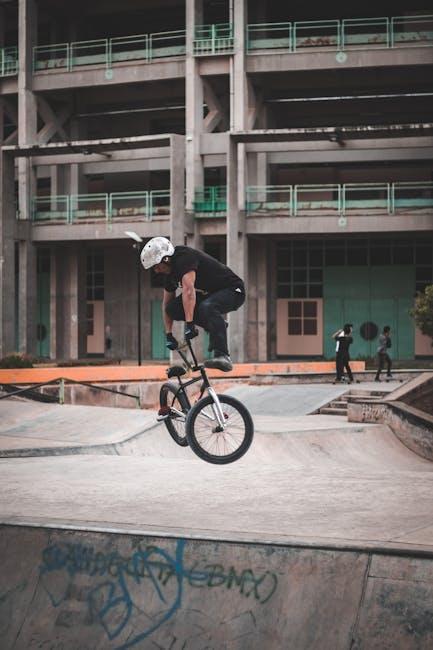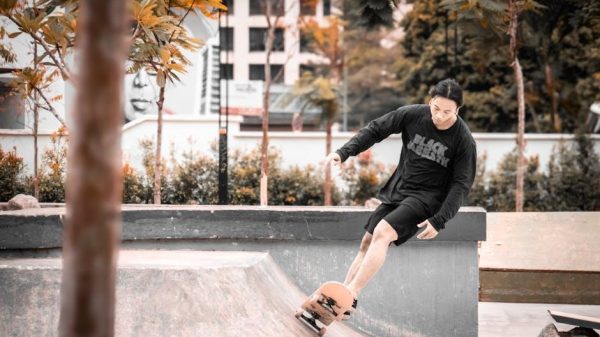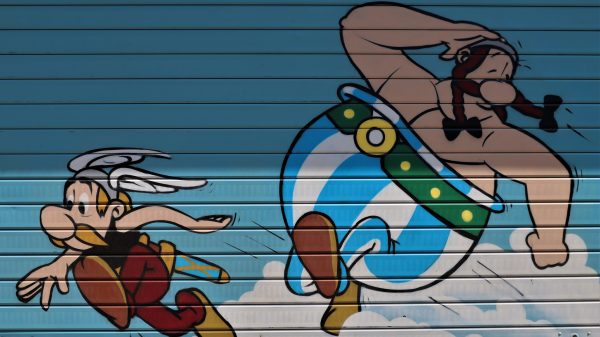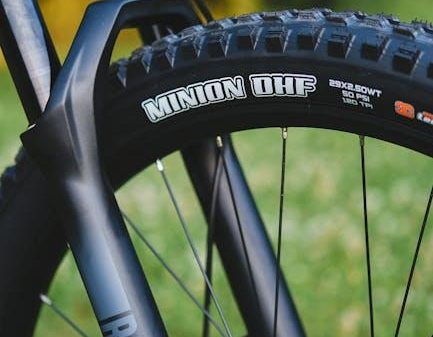Skateboarding at high speeds offers an exhilarating rush, a blend of adrenaline and freedom that few activities can match. However, with great speed comes great responsibility, and the potential for falls is an inherent part of the ride. The key to maintaining your love for the sport while minimizing injury lies in mastering the art of falling safely. In this guide, we’ll explore essential techniques and strategies to help you embrace the inevitable tumbles with confidence and resilience. By learning how to fall correctly, you not only protect yourself from harm but also enhance your skills and extend your skateboarding journey. So, gear up, stay positive, and let’s dive into the vital steps that will keep you rolling safely, even when the pavement gets a little too close for comfort.
Mastering the Art of Controlled Falling for Skateboarders
In the world of skateboarding, mastering the art of falling is as crucial as perfecting your tricks. Embracing the inevitability of falls, especially at high speeds, can help minimize injuries and keep you riding longer. Controlled falling is about preparing your body and mind to react instinctively when the unexpected happens. Here’s how you can enhance your falling technique:
- Stay Relaxed: Tension is your enemy. Keeping your body relaxed can help absorb the impact better. Try to maintain a fluid motion as you go down, allowing your body to roll naturally.
- Tuck and Roll: Instead of trying to stop yourself abruptly, focus on tucking your arms and rolling with the momentum. This reduces the direct impact and spreads the force across your body.
- Use Protective Gear: While technique is important, wearing the right gear such as helmets, knee pads, and elbow pads can be a lifesaver. Ensure your gear fits well to provide maximum protection.
- Practice Falling: Just like any skill, practice makes perfect. Find a safe environment to simulate falls at lower speeds to build muscle memory. Over time, your body will instinctively know how to react.
With these techniques, falling becomes less of a fear and more of a skill to master, empowering you to push your limits safely. Remember, every fall is a lesson learned, bringing you one step closer to becoming a more resilient skateboarder.
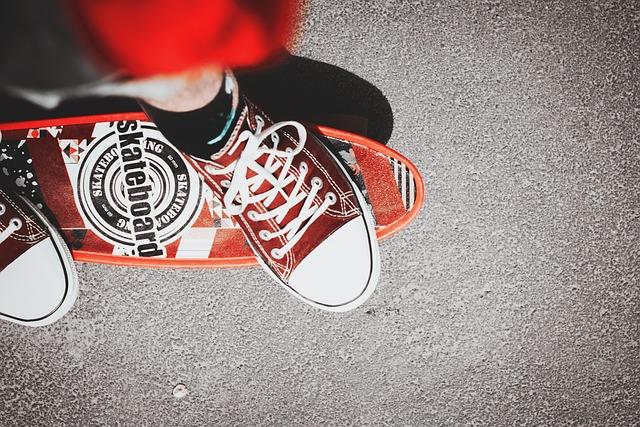
Choosing the Right Safety Gear for High-Speed Adventures
Embarking on high-speed skateboarding adventures requires not just skill but also the right protective gear to ensure your safety. Wearing a helmet is non-negotiable; it’s your first line of defense against potential head injuries. Look for a helmet that fits snugly and meets safety standards. Knee and elbow pads are equally crucial, designed to absorb impact and protect against abrasions during falls. Opt for pads with durable caps and adjustable straps for a secure fit.
- Wrist guards: These protect your wrists from fractures, offering support when you instinctively use your hands to break a fall.
- Padded shorts: Providing cushioning for your hips and tailbone, these are essential for high-speed descents.
- High-grip gloves: Ensure a firm grip on your board while protecting your hands from scrapes and bruises.
Investing in quality gear not only safeguards you from injuries but also boosts your confidence to push your limits. Choose wisely and ensure your gear is comfortable and allows for flexibility, so you can enjoy the thrill of speed with peace of mind.
Perfecting the Tuck and Roll Technique for Smooth Landings
Mastering the art of a smooth landing is essential for any skateboarder aiming to conquer high speeds safely. A well-executed tuck and roll can mean the difference between walking away unscathed and enduring painful injuries. Begin by staying calm and focused as you prepare for the fall. Bend your knees slightly and keep your body loose to absorb the impact effectively. As you start to fall, tuck your head towards your chest and bring your arms in close to your body, minimizing the risk of injury to your limbs.
Once you’ve initiated the tuck, roll over your shoulder rather than your back. This technique distributes the impact more evenly across your body, reducing the likelihood of hitting a single spot too hard. Remember to keep your momentum flowing forward, using the roll to dissipate energy safely. Practicing this movement on soft surfaces like grass or mats can build confidence and muscle memory. Key points to keep in mind include:
- Stay relaxed: Tension increases the risk of injury.
- Lead with your shoulder: Aim to roll over one shoulder rather than flat on your back.
- Keep your limbs tucked in: This minimizes the chance of sprains or fractures.
With consistent practice and focus, perfecting this technique will empower you to push your skateboarding skills to new heights, knowing you can handle any fall with confidence.
Building Confidence Through Practice and Positive Mindset
Embracing the thrill of high-speed skateboarding requires both skill and courage, and learning how to fall safely is a crucial part of that journey. While it might seem daunting, mastering this skill is achievable through consistent practice and cultivating a positive mindset. Remember, every skater falls, but those who rise with resilience and confidence are the ones who progress the fastest.
- Stay Relaxed: Tension can lead to injuries. Focus on keeping your body relaxed as you fall. This allows your muscles to absorb impact better.
- Roll Out: Instead of landing flat, try to roll your body as you hit the ground. This helps distribute the impact across a larger area and minimizes injury.
- Protect Your Head: Always wear a helmet, and in a fall, tuck your chin to your chest to prevent your head from hitting the ground.
- Use Your Arms Wisely: Avoid extending your arms straight out to catch yourself. Instead, use them to guide your roll or slide.
- Practice Falling: Regularly practicing falling techniques in a controlled environment can significantly boost your confidence.
Approaching each session with the belief that you are learning and improving, rather than fearing failure, will transform your skateboarding experience. Celebrate small victories and understand that each fall is a step towards becoming a more adept and confident skater. Remember, the key to building confidence lies in repeated practice and maintaining a positive outlook.
